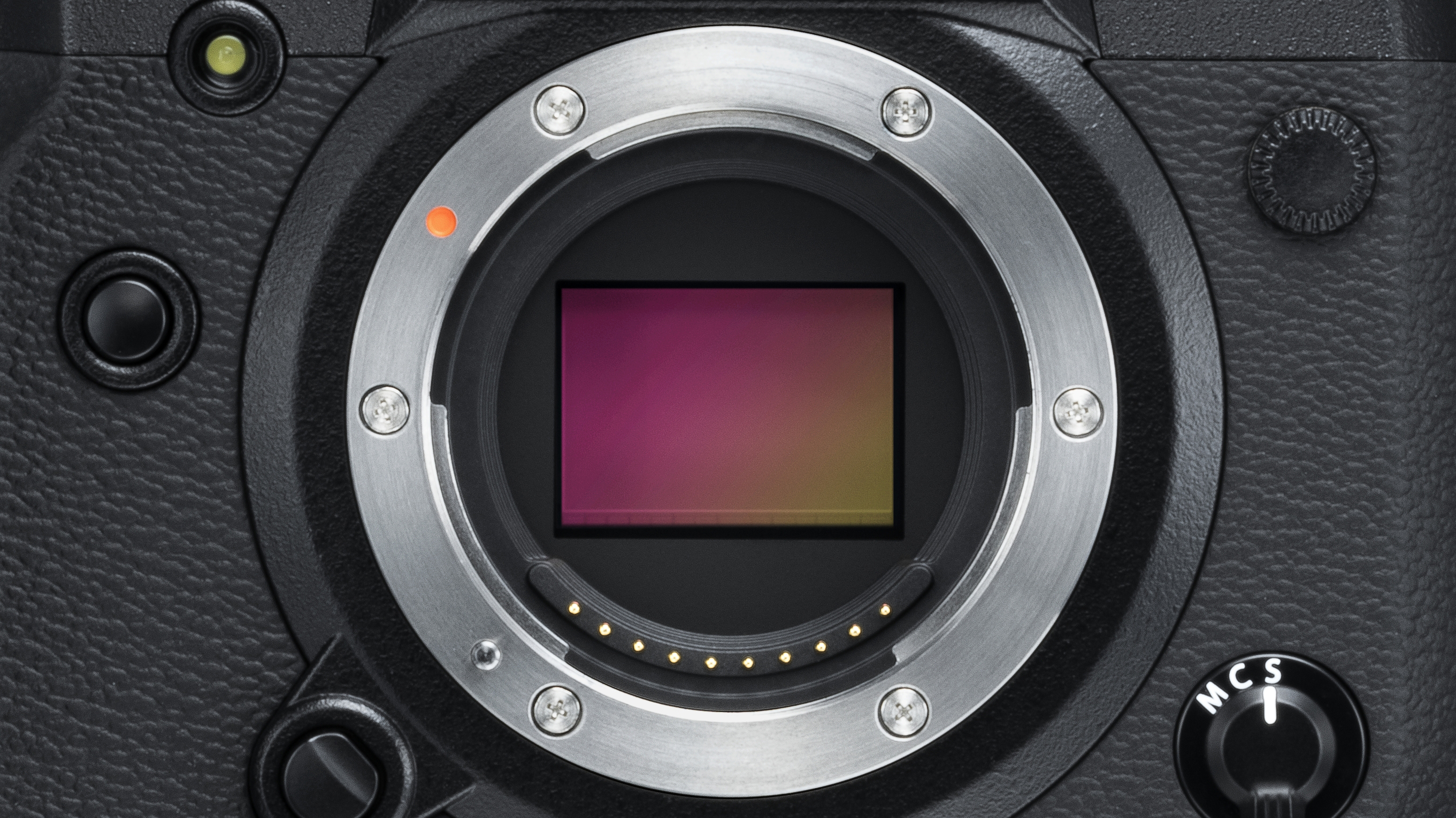Fujifilm X-H2 expected to take on Canon EOS R5 with new X-Trans sensor
Fuji expected to stick to its unique sensor design

Rumors of a new Fujifilm X-H2 camera have re-emerged with claims that the flagship will definitely feature a new X-trans sensor, rather than the more common Bayer design.
The reliable Fuji Rumors was pretty unequivocal in a new post about the Fujifilm X-H1 successor, stating that "the Fujifilm X-H2 will features a new X-Trans sensor".
This is a pretty big deal for hardcore Fuji fans, as the company's X-Trans sensor design – which arguably creates images with unique characteristics – is one of the reasons for choosing Fujifilm cameras over alternatives from Canon and Sony.
- These are the best mirrorless cameras you can buy right now
- Or check out our guide to the best cameras for photography
- Fujifilm X-H2 release date, news, rumors and what we want to see
The main difference between Fujifilm's X-Trans sensor design and the more common Bayer equivalent is the way in which it captures and processes color.
Camera sensors need a 'color filter array', as their individual photosites only respond to light intensity. Rather than using the classic Bayer 4x4 grid (one red, two green and one blue), X-Trans sensors have a more complex 6x6 layout of red, green and blue filters.
This isn't necessarily better, but does produce small differences in the character of the images that cameras like the rumored X-H2 produce. Many Fujifilm fans cite improved sharpness and better performance at high ISOs, although the X-Trans demosaicing process does require more processing that can hit battery life.
Arguably more important for most camera fans is the fact that the Fujifilm X-H2 is also expected to shoot 8K video and cost under $2,500 (or about £2,400 / AU$4,500). This would make it a more affordable 8K hybrid camera than the likes of the Canon EOS R5 ($3,899 / £4,199 / AU$6,899).
Sign up for breaking news, reviews, opinion, top tech deals, and more.
Analysis: X-H2 marks the spot for next-gen Fuji cameras

These rumors about the Fujifilm X-H2 apparently having a new X-Trans sensor will please hardcore Fuji fans, but other factors will likely be more important for the average camera buyer.
The big recent trend in the camera world has been the emergence of 'stacked' sensor designs, whose higher readout speeds have produced a leap in both continuous shooting frame-rates for capturing action and video performance.
While it's not yet clear if the X-H2 will jump on this bandwagon, we did previously see rumors (sparked by an interview with Fujifilm's European Operations manager Toshi Iida) that Fuji has been working on the development of breakthrough feature, which explains why it's not expected to arrive until 2022.
Our best guess at this stage is that this feature is a new stacked X-Trans sensor and processor combo, which will help unlock performance boosts like 8K video. This would be a big deal as, until now, all recent Fujifilm cameras have been based on the existing pairing of a 26.1MP X-Trans sensor and X-Processor 4.
If that's the case, then the Fujifilm X-H2 would likely be pitched as a more affordable hybrid flagship than current full-frame rivals like the Canon EOS R5. The ability to shoot 8K video is becoming increasingly common on flagship cameras because it allows videographers to crop in and produce multiple 4K shots from the same piece of footage.
So far, though, it's only been available on expensive full-frame cameras like the Canon EOS R5 and Sony A1. If the Fujifilm X-H2 does indeed shoot 8K video and offer performance boosts that are unlocked by a new stacked X-Trans sensor, then it could offer an APS-C alternative that's compelling in a similar way to the Fujifilm X-T4 – which we currently rate as the best camera for photography.
- These are the best video cameras you can buy right now

Mark is TechRadar's Senior news editor. Having worked in tech journalism for a ludicrous 17 years, Mark is now attempting to break the world record for the number of camera bags hoarded by one person. He was previously Cameras Editor at both TechRadar and Trusted Reviews, Acting editor on Stuff.tv, as well as Features editor and Reviews editor on Stuff magazine. As a freelancer, he's contributed to titles including The Sunday Times, FourFourTwo and Arena. And in a former life, he also won The Daily Telegraph's Young Sportswriter of the Year. But that was before he discovered the strange joys of getting up at 4am for a photo shoot in London's Square Mile.